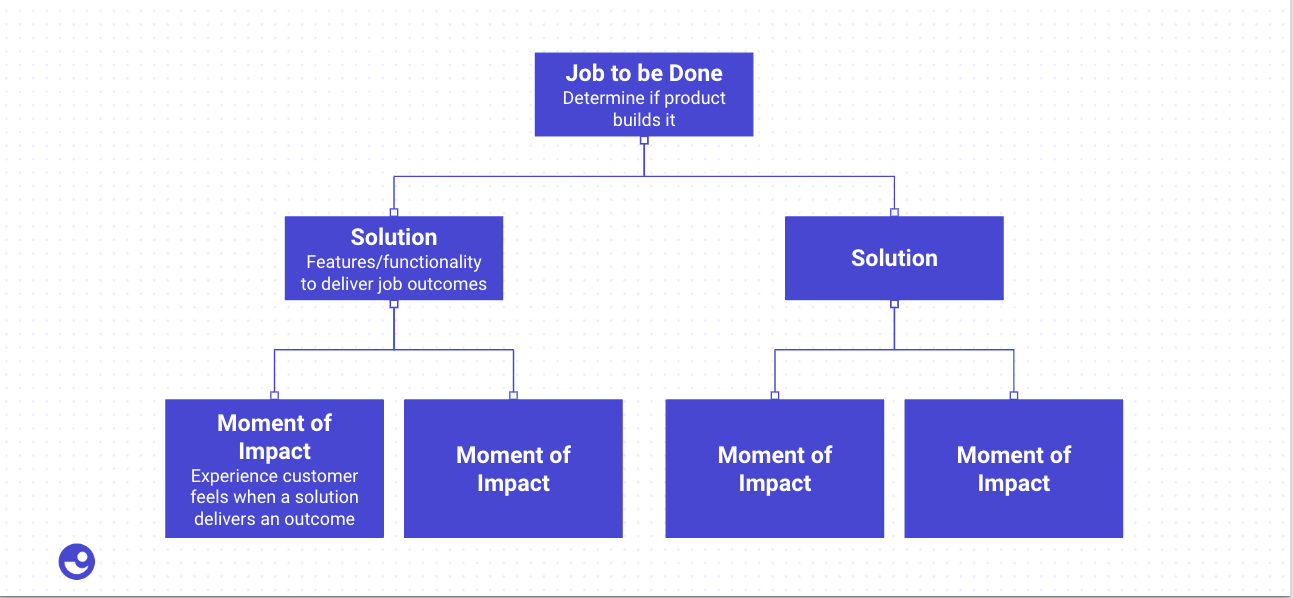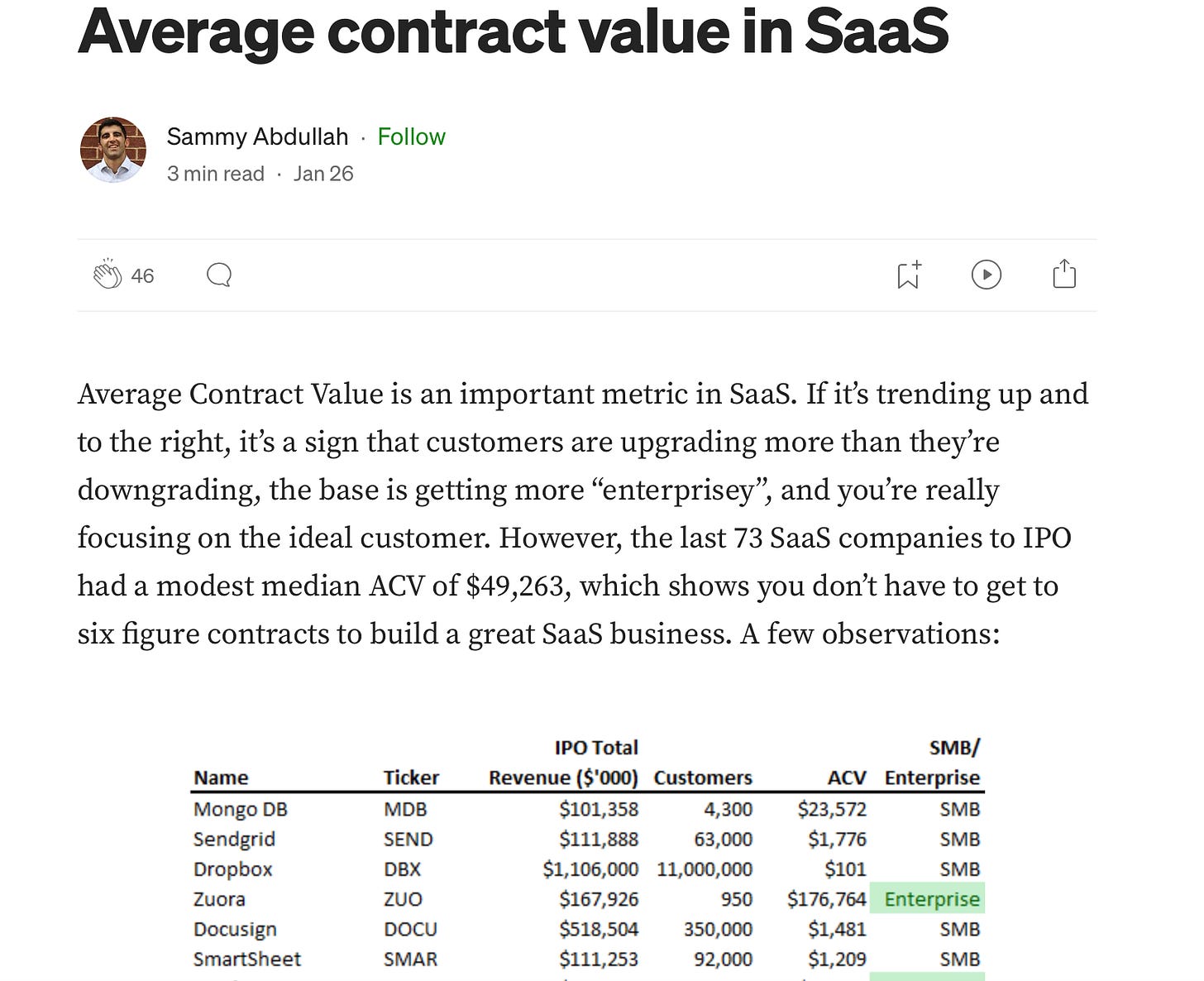Welcome (or welcome back).
Now that we’ve officially combined The Sales Hacker newsletter with The GTM Newsletter, we’re almost 60K strong!
Thanks for being part of the GTM community.
We’ll continue on our mission to provide real stories/strategies/insights from the best go-to-market operators on the planet, spanning sales, marketing, customer success, operations/enablement, product and hiring.
As always, you can catch up on past articles, podcasts and newsletters all in one place at the new home of Sales Hacker: GTMnow.com
We’re running a GTM Summer Giveaway: Share your favourite piece of our content on LinkedIn / Twitter (Newsletter or Podcast), tag us, and you’ll be entered to win a pair of exclusive GTMfund Airpod Pro’s.
This week we’re featuring some wisdom from the one and only, Mark Kosoglow👏
I was very fortunate to work with Mark during my four years at Outreach.
He's currently the CRO at Catalyst. Before Catalyst, Mark served as the VP of Sales at Outreach for an eight year run that was one of the fastest growth periods in the history of SaaS.
Mark saw firsthand the power of customer retention and expansion at Outreach. It was a huge part of Outreach’s growth strategy, and that's why he dove headfirst into that mission at Catalyst.
He recently ran a session for our founders and it was too good not to share so I teased out the five most important ways to drive NRR and expansion:
Have Sales Run Renewals
Mark has a strong belief that sales should run renewals. At Outreach, we implemented Growth AE’s in 2020 that were responsible for cross sell/upsell into accounts, and the year after they started running renewals as well. Focus is always the secret weapon to success and having someone solely focused on these revenue generating activities frees up the CSM to ensure success/adoption of the platform. Creating these roles and structuring it this way was how we continued to fuel the growth engine.
Mark’s pro tip:
“And why call them Growth AEs vs. Account Managers? Very simple. That was a way to get my finance team to pay them, like acquisition AEs instead of account managers, which were like 30% less than AEs, which means I would have gotten crappier talent. So that was a little hack on my end. Changed the name, and then when they did all their benchmark searching of how much they should pay people, I got to pay them a lot more.”
Keep It Simple
Mark’s view on business is simple: the goal is to drive value that the company can then commercialize into revenue. If we're not driving value, then we don't get to commercialize, which means we don't get revenue. The tricky part is you can get revenue without driving value. That’s ‘churnable revenue,’ aka ‘lighting money on fire,’ since it usually requires a bigger spend to acquire than the actual value of that first year revenue.
For Mark, if the goal is simple then the team structure should be simple as well. He doesn’t believe in segmenting AEs or CSMs before 20M in ARR — it requires too much internal systems/processes to get right which is wasted effort in the early days. Plus, your team will get better by understanding these different types of motions.
Mark’s pro tip:
“Make sure you have the right leadership team in place that can help support less experienced sellers in more complex deal cycles. Oh, and remember that 92% of the lifetime value comes after they commit and sign the contract! That’s from my boy Jacko at Winning by Design.”
Ditch QBRs
Forget the old customer support/success frameworks and methodologies. Nobody wants to attend a QBR anymore. Currently we have a bunch of CSMs running around creating custom decks, building reports and trying to find time on busy exec calendars for a quarterly business review. The truth? Nobody ever shows up for these things or they get rescheduled 5 times before they are guilted into showing up and then they proceed to spend 45 minutes answering emails. This is wasted time for all parties, so Mark believes it’s time to kill the QBR for good.
So what do you do instead?
Create A Value Stair Ladder
Traditional customer success and onboarding is obsessed with “time to value” so we throw everything at the customer all at once. Usually we do an intensive 3 month onboarding where we show them every single feature/functionality possible and somehow expect them to grasp it all. We overload them, so they’re never able to grasp/implement more than 50-60% of it, then we deem them a “happy customer” and leave them to their own devices until a few weeks before renewal. This leaves them to think, “Well, what have you done for me lately?” when we ask them to sign their renewal. And trust me, business - and SaaS - is a “what have you done for me lately?” game.
There is a better way (outlined in the images below).
Traditional CS/Onboarding:
The New CS/Value Stair Framework:
How do you actually build the Stairs?
Mark’s pro tip: “Variable Ratio Reinforcement Schedule says a reward given after a variable number of responses makes it hard to predict. You don’t know when the next reward - or moment of impact (MOI) - is coming. This unpredictability makes the reward more reinforcing, as it keeps the individual motivated to continue responding. If you wait until the QBR or moment of renewal to drive value, you’re falling into a predictable pattern. Those rewards mean less to the customer.”
Create Real Accountability
When Mark took his most recent CRO role at Catalyst, he interviewed 100 customers in 100 days. Badass, right?
One of the questions he asked the CS leaders at those companies was: “What kind of weekly meetings do you run with your CSMs to understand next steps on a customer account and hold them accountable?”
0 out of 100 had any sort of meeting like that. If you look on the sales side, every VP of Sales on the planet has a meeting like that with their entire sales org. We need to bring that same rigor into CS.
Mark suggests going back to the “Value Stair Ladder '' system and checking in weekly with your CSMs on what “moment of impact” they are driving towards next and how that directly aligns with the customer’s business objectives.
Mark’s pro tip: “Don’t ever confuse ‘organic expansion’ with true expansion. They need to be tracked and viewed differently.”
👀 More for your eyeballs:
A super interesting analysis of what an average contract value in SaaS looks like today. Some examples included from some of the biggest software companies.
Have a look👇
👂 More for your eardrums:
Eli Rubel, CEO of MatterMade & NoBoringDesign shared his journey selling his startup at 23 years old, his views on demand efficiency and the best channels to double-down on for quick growth…check it out below.
🚀 Start-ups to watch:
Vanta was included in Forbes’ annual Cloud 100 list of the world’s best private cloud computing companies, produced in partnership with Bessemer Venture Partners and Salesforce Ventures. Companies like OpenAi, Stripe, Canva, Gong, Outreach, and tons more included as well🚀
🔥Hottest GTM job of the week:
Marketing Operations Manager at WorkRamp, more details here.
See more top GTM jobs here.
That’s all we got, thanks for rocking with us until the end.
Hope you enjoy the last weekend of… August?
Man that fleeeeew by.
See you all next week.
Barker ✌️












This was a fantastic read. Splitting the AEs into hunters and farmers is a notion that Tomasz Tunguz has also written about.
The Moments Of Impact framework is super valuable too - it would be interesting to stagger value creation over time in a way to engineer discreet moments of impact over time..